[press release from the Royal Philatelic Society of London]
NEW RDPs TO SIGN THE ROLL OF DISTINGUISHED PHILATELISTS IN NEWCASTLE UPON TYNE
The Roll of Distinguished Philatelists was established in 1921 by the Philatelic Congress of Great Britain with the approval of His Majesty King George V, who was the first Signatory. An invitation to sign the Roll is regarded as the world’s pre-eminent philatelic honour.
Not including the newly elected RDPs, 380 philatelists from 40 countries have achieved this distinction. There are at present 78 Signatories from 26 countries including sixteen from the United Kingdom, fourteen from the USA, seven from Germany, four each from France, and Belgium, and three each from Australia and Italy. Denmark, New Zealand, Norway, Singapore, and Thailand each have two, with other countries including Austria, Canada, Colombia, Finland, Greece, Israel, Japan, Korea, Luxembourg, The Netherlands, Portugal, The Russian Federation, and Switzerland, having one.
At a recent meeting of the Board of Election, comprising Jane Moubray (Chairman), Tomas Bjäringer, Christopher Harman, Alan Huggins, Rolf-Dieter Jaretzky, Robert Odenweller, Christopher King, and Raymond Todd, the members unanimously decided to ask Robert Abensur (France), Gustaf Douglas FRPSL (Sweden), Cheryl R. Ganz FRPSL (United States of America), and Geoffrey Lewis FRPSL (Australia) to sign the Roll.
The Signing Ceremony will take place on Friday 27th July at The Assembly Rooms in Newcastle upon Tyne, during the Philatelic Congress of Great Britain.
Robert Abensur b. 1957 France
 Robert Abensur lives in Pont-à-Mousson in North East France. He has researched widely and fulfilled all the requirements needed for a signatory to the Roll of Distinguished Philatelists. His main collecting and researching areas are the postal rates and regulations of France and Alsace-Lorraine. His latest book published in 2017 is The Franco-Sardinian route in international relations (1818-1851) and his articles on various subjects number well over a hundred, in France and elsewhere.
Robert Abensur lives in Pont-à-Mousson in North East France. He has researched widely and fulfilled all the requirements needed for a signatory to the Roll of Distinguished Philatelists. His main collecting and researching areas are the postal rates and regulations of France and Alsace-Lorraine. His latest book published in 2017 is The Franco-Sardinian route in international relations (1818-1851) and his articles on various subjects number well over a hundred, in France and elsewhere.
He has been President of the Académie de philatélie since 2002 and was awarded the chevalier dans l’ordre des Art et des Lettres in 2009, gained a Large Gold medal at FEPA 2015 for Maritime Mail between France and foreign countries. Routes and Rates 1828-1849 and has organised many philatelic meetings and exhibitions in France.
Robert Abensur vit à Pont-à-Mousson dans le nord-est de la France. Il a fait de nombreuses recherches et remplit toutes les conditions requises pour devenir signataire du Roll of Distinguished Philatelists. Ses principaux domaines de collection et de recherche sont la réglementation et les tarifs postaux de France et d’Alsace-Lorraine. Son dernier ouvrage publié en 2017 traite de la voie franco-sarde dans les relations internationales (1818-1851) et il a publié plus de cent articles sur des sujets variés en France et ailleurs.
Il est président de l’Académie de philatélie depuis 2002, a été nommé chevalier de l’ordre des Arts et des Lettres en 2009, a obtenu une médaille de grand or en 2015 en exposition FEPA pour Correspondance maritime entre la France et les pays étrangers. Tarifs et voies d’acheminement 1828-1849 et a organisé de nombreuses rencontres et expositions philatéliques en France.
Gustaf Douglas b. 1938 Sweden
 Gustaf Douglas is of Swedish nationality and has formed what are considered to be the most complete collections of both Sweden and Finland in existence.
Gustaf Douglas is of Swedish nationality and has formed what are considered to be the most complete collections of both Sweden and Finland in existence.
His monographs are always of the highest standard and he has attained Gold and Large Gold medals in international exhibitions since 1971. He co-authored Sweden Number One, in 2005. He was awarded the Tilleard Medal of the Royal Philatelic Society London as well as the Strandell Medal, the highest philatelic recognition in Sweden, in 2014 and is presently working hard as Head Patron for Stockholmia 2019.
Always modest, charming and helpful to fellow collectors, he is a most worthy candidate to sign the Roll.
Dr. Cheryl R. Ganz b. 1950 United States of America
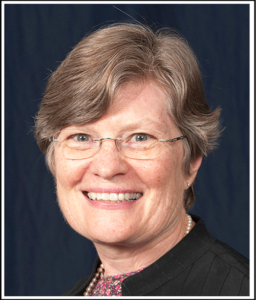 Cheryl Ganz of the United States of America is best known for her lifelong philatelic outreach at local, national, and international levels, engaging a vast spectrum of collectors from specialists to new audiences. Her collections, exhibits, research, and writing, and speaking focus primarily on her specialty of zeppelin posts.
Cheryl Ganz of the United States of America is best known for her lifelong philatelic outreach at local, national, and international levels, engaging a vast spectrum of collectors from specialists to new audiences. Her collections, exhibits, research, and writing, and speaking focus primarily on her specialty of zeppelin posts.
Philatelic recognitions include the Smithsonian Philatelic Achievement Award, Luff Award for Exceptional Contributions to Philately, Alfred F. Lichtenstein Memorial Award for Distinguished Service to Philately, American Air Mail Society Research Award, and Single Frame Champion of Champions. She has written and edited books, articles, and online content, putting philately in a wider context to reach larger audiences without sacrificing philatelic scholarship. Her service to organized philately is multi-faceted in a variety of positions of influence and accomplishment.
Altogether hers is a very fine achievement, and she rightly deserves to be a signatory of the Roll.
Geoffrey Lewis b. 1948 Australia
 Geoffrey is an Australian resident of Randwick, a suburb of eastern Sydney, New South Wales, Australia where he has lived for the whole of his life. His collections have included the postal history of Spanish Philippines, that of Cuba, of New Orleans and Stampless Mail entering Spain. He has won FIP Large Gold medals in Postal History with exhibits on the subject matter of each of the three continental areas: Asia, Europe and the Americas.
Geoffrey is an Australian resident of Randwick, a suburb of eastern Sydney, New South Wales, Australia where he has lived for the whole of his life. His collections have included the postal history of Spanish Philippines, that of Cuba, of New Orleans and Stampless Mail entering Spain. He has won FIP Large Gold medals in Postal History with exhibits on the subject matter of each of the three continental areas: Asia, Europe and the Americas.
In 2013 he attained a Large Gold Medal for his well-written study entitled The 1836 Anglo-French Postal Convention – a difficult subject to cover in a readable form.
He was President of the Philatelic Society of New South Wales between 1998 and 2013, was Chairman of the Jury at Sydney 2015, and President of the Organising Committee of the National Philatelic Exhibitions held in Sydney in 2007 and 2011.
He has been appointed a Member of the Australian Philatelic Order and has received the Australian Philatelic Research Award.
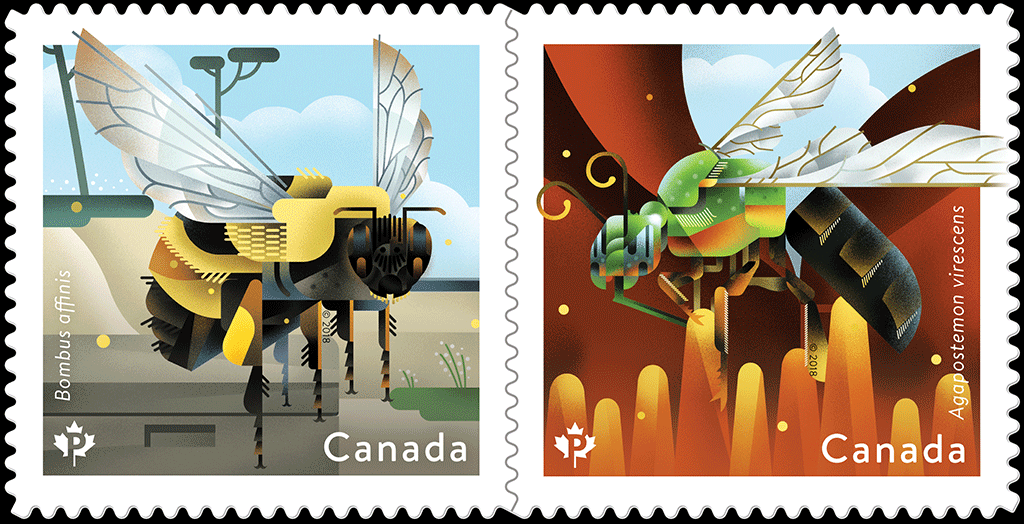 From Canada Post’s Details magazine:
From Canada Post’s Details magazine: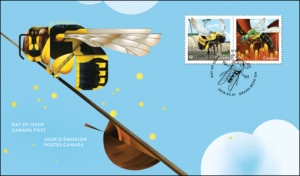 When bees begin to appear, it is a sure sign that summer is on the way – and designer Andrew Perro and illustrator Dave Murray have come up with a honey of an issue to help celebrate.
When bees begin to appear, it is a sure sign that summer is on the way – and designer Andrew Perro and illustrator Dave Murray have come up with a honey of an issue to help celebrate.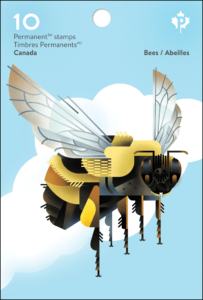 The rusty-patched bumble bee (Bombus affinis), once common in parts of Ontario and Quebec, was the first bee species to be listed by the Committee on the Status of Endangered Wildlife in Canada (COSEWIC). The metallic green bee (Agapostemon virescens), one of many sweat bee species, digs its nest in the ground and can be found throughout southern Ontario. The Official First Day Cover features another Canadian native – a small eastern resin bee (Anthidiellum notatum), which constructs a unique nest from resin and gravel.
The rusty-patched bumble bee (Bombus affinis), once common in parts of Ontario and Quebec, was the first bee species to be listed by the Committee on the Status of Endangered Wildlife in Canada (COSEWIC). The metallic green bee (Agapostemon virescens), one of many sweat bee species, digs its nest in the ground and can be found throughout southern Ontario. The Official First Day Cover features another Canadian native – a small eastern resin bee (Anthidiellum notatum), which constructs a unique nest from resin and gravel.
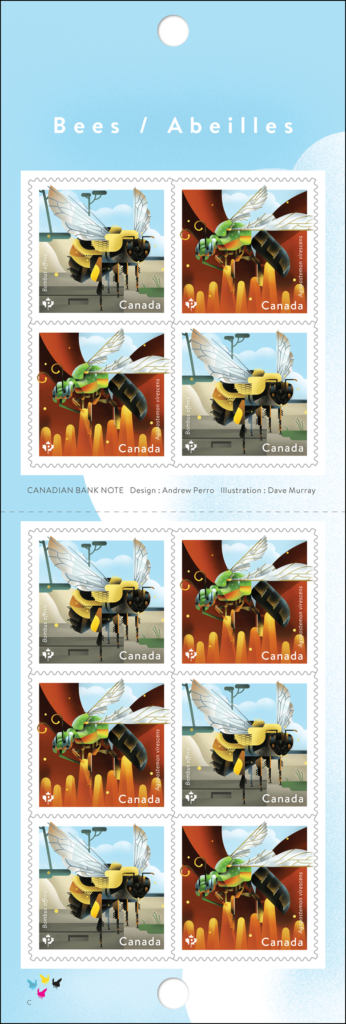
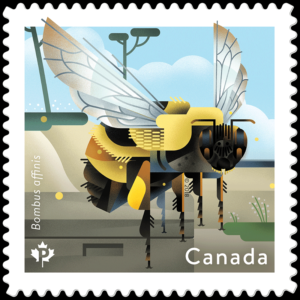 GRAND BEND, ON, May 1, 2018 /CNW/ – With spring flowers in bloom and summer coming soon, Canada Post unveiled a pair of stamps that are sure to create a buzz – as much for their unique design as for the subject they celebrate.
GRAND BEND, ON, May 1, 2018 /CNW/ – With spring flowers in bloom and summer coming soon, Canada Post unveiled a pair of stamps that are sure to create a buzz – as much for their unique design as for the subject they celebrate.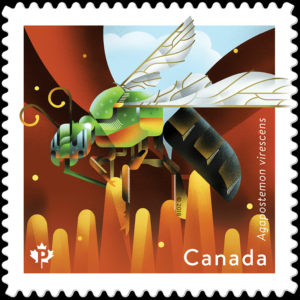 of Endangered Wildlife in Canada. In contrast, the metallic green bee – often spotted carrying loads of pollen on its back legs – is still found throughout southern Canada.
of Endangered Wildlife in Canada. In contrast, the metallic green bee – often spotted carrying loads of pollen on its back legs – is still found throughout southern Canada.
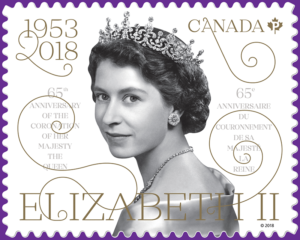 June 2 of this year marks the 65th anniversary of the coronation of Her Majesty Queen Elizabeth II – the longest reigning monarch in British history. Many “more mature” Canadians will recognize the Karsh photo on the cover of the stamp booklet from a series of five coronation stamps issued in the spring of 1953.
June 2 of this year marks the 65th anniversary of the coronation of Her Majesty Queen Elizabeth II – the longest reigning monarch in British history. Many “more mature” Canadians will recognize the Karsh photo on the cover of the stamp booklet from a series of five coronation stamps issued in the spring of 1953.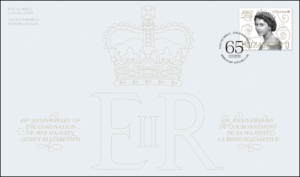 photographed Her Majesty on five occasions, two of them before she became Queen.
photographed Her Majesty on five occasions, two of them before she became Queen.
 Canada Post also says this issue features something new: “This double-sided uncut press sheet, our first to feature stamp booklets, showcases the front, back and inside panels of 12 self-adhesive stamp booklets celebrating the 65th anniversary of the coronation of Her Majesty Queen Elizabeth II.” Item #414083149 is $102. Only 1,000 available.
Canada Post also says this issue features something new: “This double-sided uncut press sheet, our first to feature stamp booklets, showcases the front, back and inside panels of 12 self-adhesive stamp booklets celebrating the 65th anniversary of the coronation of Her Majesty Queen Elizabeth II.” Item #414083149 is $102. Only 1,000 available. 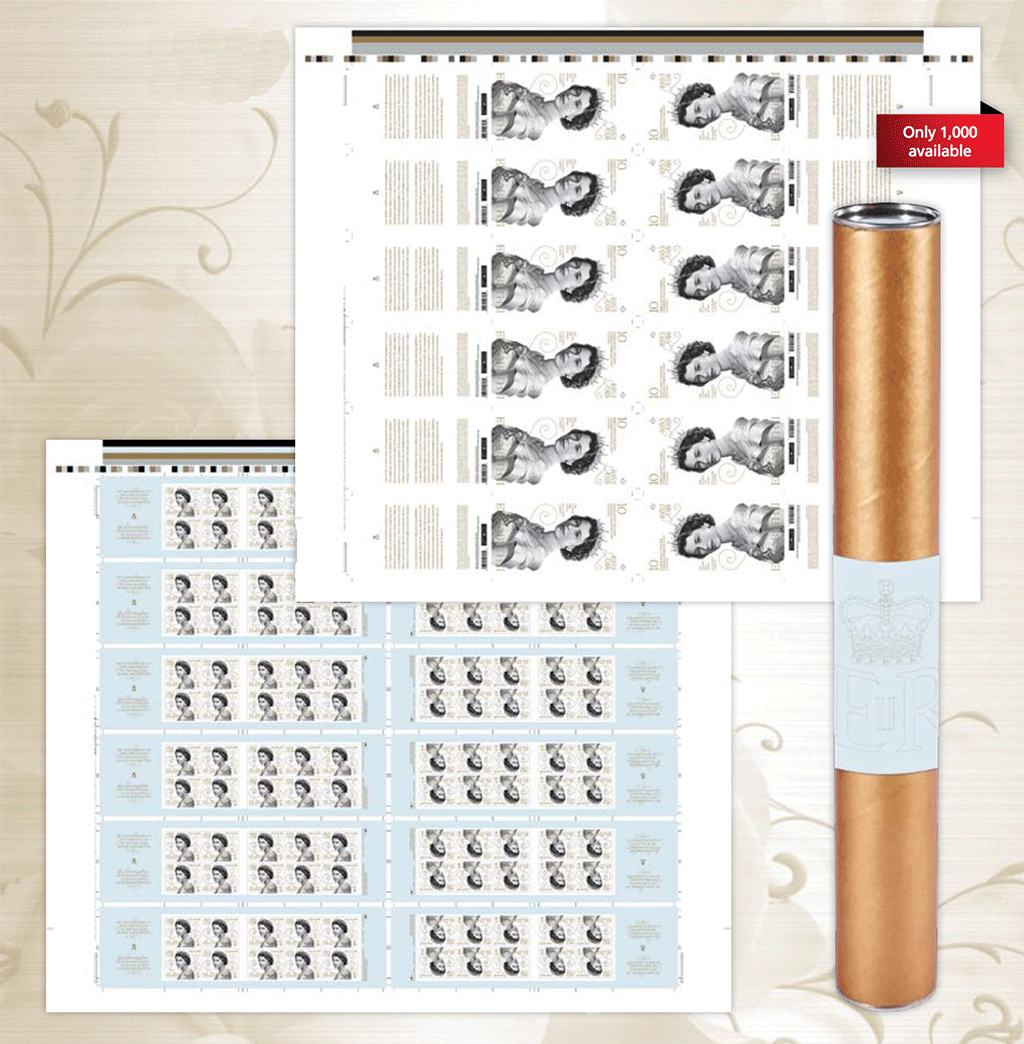
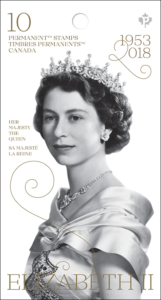 At 25, Elizabeth became Queen when her father, King George VI, died in the winter of 1952. Her coronation was delayed to allow for an appropriate mourning period. The coronation took place in Westminster Abbey on June 2, 1953. Three million people lined the streets of London along the procession route. Canadians celebrated with fireworks, parades and horse races; and the Governor General issued a silver spoon to each Canadian child born on coronation day.
At 25, Elizabeth became Queen when her father, King George VI, died in the winter of 1952. Her coronation was delayed to allow for an appropriate mourning period. The coronation took place in Westminster Abbey on June 2, 1953. Three million people lined the streets of London along the procession route. Canadians celebrated with fireworks, parades and horse races; and the Governor General issued a silver spoon to each Canadian child born on coronation day.
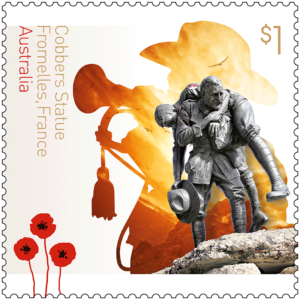 Cobbers Statue
Cobbers Statue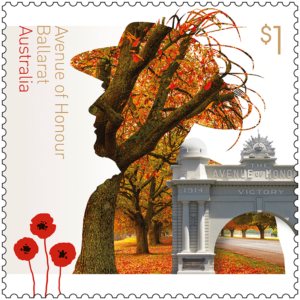 Avenue of Honour, Ballarat
Avenue of Honour, Ballarat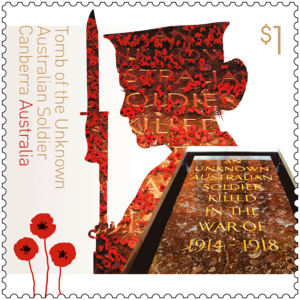 Tomb of the Unknown Australian Soldier
Tomb of the Unknown Australian Soldier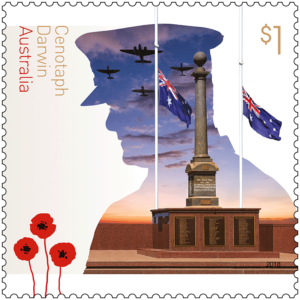 Darwin Cenotaph
Darwin Cenotaph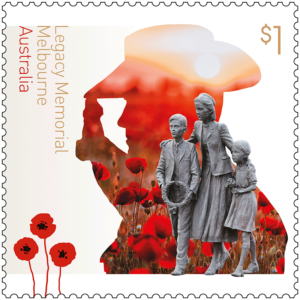 Legacy Memorial
Legacy Memorial
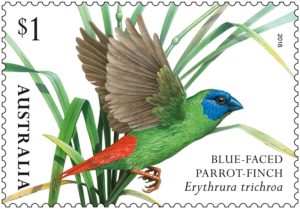 The
The 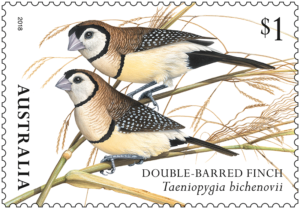 (Taeniopygia bichenovii) takes its name from the two narrow black bands across its pale chest and encircling much of its face. The Double-barred Finch stays close to surface water and occupies a range of habitats, including pandanus, long grasses, open forests, scrublands and grassy woodlands.
(Taeniopygia bichenovii) takes its name from the two narrow black bands across its pale chest and encircling much of its face. The Double-barred Finch stays close to surface water and occupies a range of habitats, including pandanus, long grasses, open forests, scrublands and grassy woodlands.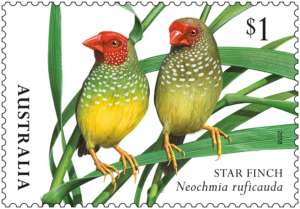 The
The 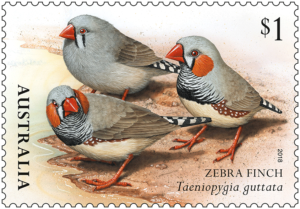 The
The 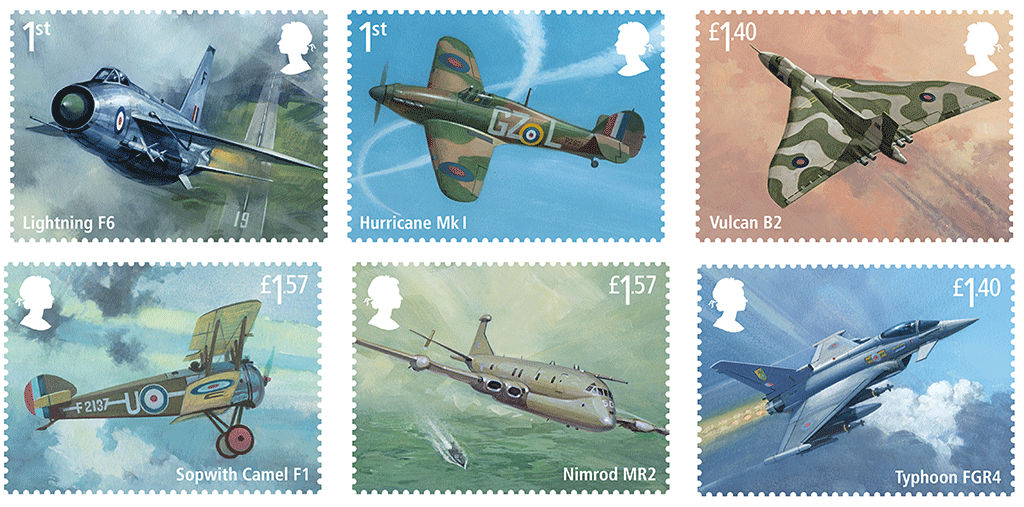
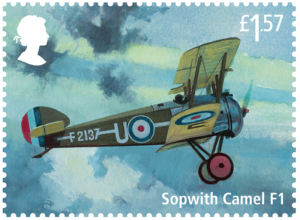 Camel F1
Camel F1 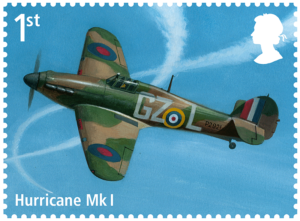 Hurricane Mk I
Hurricane Mk I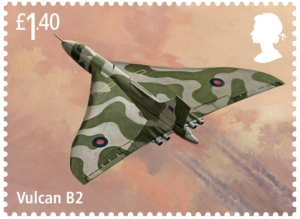 Vulcan B2
Vulcan B2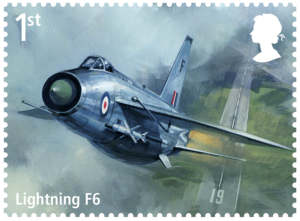 Lightning F6
Lightning F6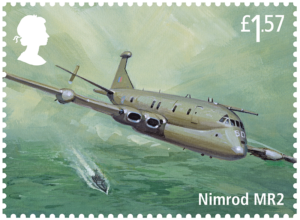 Nimrod MR 2
Nimrod MR 2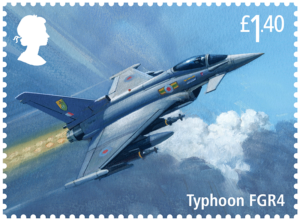 Typhoon FGR4
Typhoon FGR4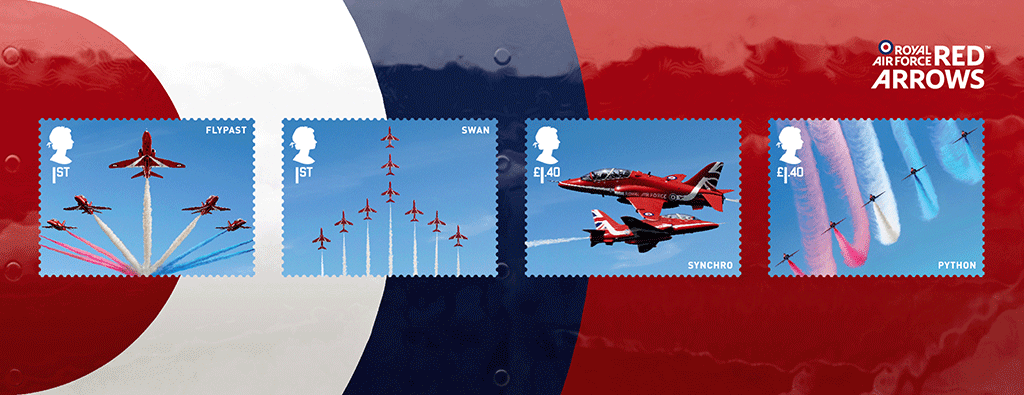
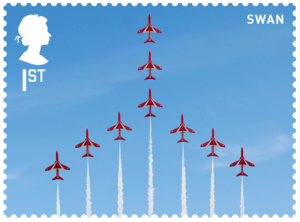 In addition to the six stamps, Royal Mail is also issuing a Miniature Sheet celebrating the RAF Red Arrows Aerobatic Team which has been displaying since 1965. One of the premier aerobatic teams in the world, comprising 120 personnel including pilots, engineers and support staff, the Red Arrows are based at RAF Scampton in Lincolnshire. They fly the Hawk T1 at speeds in excess of 600mph and the nine display pilots, including the team leader undergo extensive training and practise.
In addition to the six stamps, Royal Mail is also issuing a Miniature Sheet celebrating the RAF Red Arrows Aerobatic Team which has been displaying since 1965. One of the premier aerobatic teams in the world, comprising 120 personnel including pilots, engineers and support staff, the Red Arrows are based at RAF Scampton in Lincolnshire. They fly the Hawk T1 at speeds in excess of 600mph and the nine display pilots, including the team leader undergo extensive training and practise.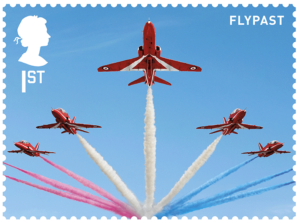 Technical details:
Technical details: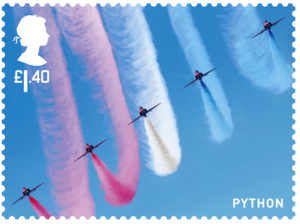 Steve Buckley © MoD/UK Crown copyright 2015; Python photo © EJ van Koningsveld 2007; sky background on stamps © itsskin/Getty Images; miniature sheet background design by Turner Duckworth referencing a photo of a Red Arrows Hawk © Mike Rivett/Fotomotion; RAF and Red Arrows logos are trade marks of the UK Secretary of State for Defence and used
Steve Buckley © MoD/UK Crown copyright 2015; Python photo © EJ van Koningsveld 2007; sky background on stamps © itsskin/Getty Images; miniature sheet background design by Turner Duckworth referencing a photo of a Red Arrows Hawk © Mike Rivett/Fotomotion; RAF and Red Arrows logos are trade marks of the UK Secretary of State for Defence and used 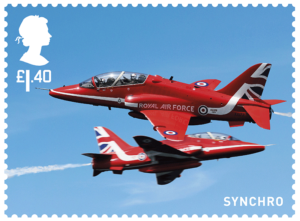 under licence; all MoD/UK Crown copyright images reproduced with the permission of the Controller, HMSO, London
under licence; all MoD/UK Crown copyright images reproduced with the permission of the Controller, HMSO, London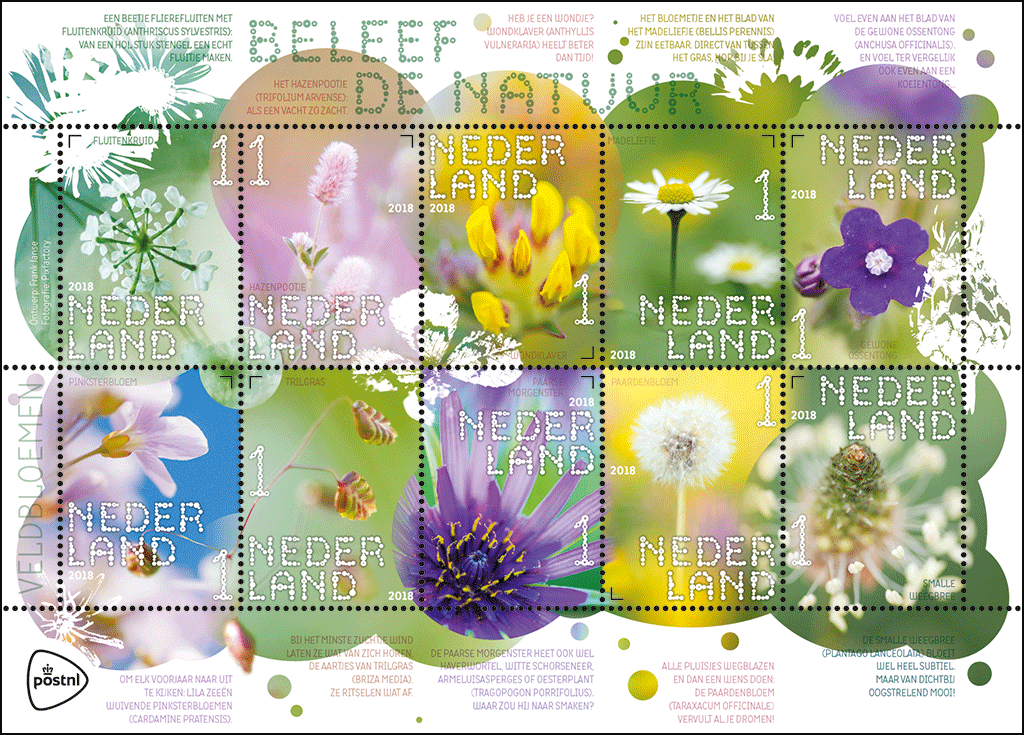
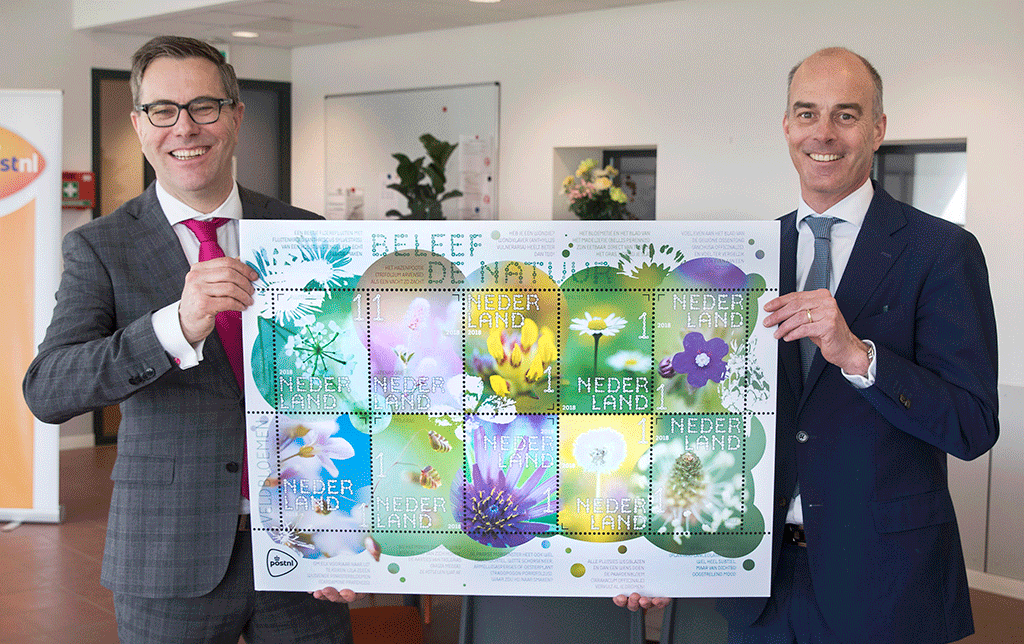
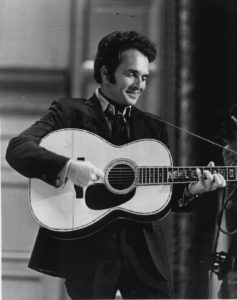 He may not have a stamp (yet), but Merle Haggard’s name is now on a U.S. Post Office. The Bakersfield, Calif., post office was named after the country music legend last Friday. About 300 people attended the ceremony, including his widow, sister and a band member… as well as local politicians.
He may not have a stamp (yet), but Merle Haggard’s name is now on a U.S. Post Office. The Bakersfield, Calif., post office was named after the country music legend last Friday. About 300 people attended the ceremony, including his widow, sister and a band member… as well as local politicians. Robert Abensur lives in Pont-à-Mousson in North East France. He has researched widely and fulfilled all the requirements needed for a signatory to the Roll of Distinguished Philatelists. His main collecting and researching areas are the postal rates and regulations of France and Alsace-Lorraine. His latest book published in 2017 is The Franco-Sardinian route in international relations (1818-1851) and his articles on various subjects number well over a hundred, in France and elsewhere.
Robert Abensur lives in Pont-à-Mousson in North East France. He has researched widely and fulfilled all the requirements needed for a signatory to the Roll of Distinguished Philatelists. His main collecting and researching areas are the postal rates and regulations of France and Alsace-Lorraine. His latest book published in 2017 is The Franco-Sardinian route in international relations (1818-1851) and his articles on various subjects number well over a hundred, in France and elsewhere. Gustaf Douglas is of Swedish nationality and has formed what are considered to be the most complete collections of both Sweden and Finland in existence.
Gustaf Douglas is of Swedish nationality and has formed what are considered to be the most complete collections of both Sweden and Finland in existence. Cheryl Ganz of the United States of America is best known for her lifelong philatelic outreach at local, national, and international levels, engaging a vast spectrum of collectors from specialists to new audiences. Her collections, exhibits, research, and writing, and speaking focus primarily on her specialty of zeppelin posts.
Cheryl Ganz of the United States of America is best known for her lifelong philatelic outreach at local, national, and international levels, engaging a vast spectrum of collectors from specialists to new audiences. Her collections, exhibits, research, and writing, and speaking focus primarily on her specialty of zeppelin posts. Geoffrey is an Australian resident of Randwick, a suburb of eastern Sydney, New South Wales, Australia where he has lived for the whole of his life. His collections have included the postal history of Spanish Philippines, that of Cuba, of New Orleans and Stampless Mail entering Spain. He has won FIP Large Gold medals in Postal History with exhibits on the subject matter of each of the three continental areas: Asia, Europe and the Americas.
Geoffrey is an Australian resident of Randwick, a suburb of eastern Sydney, New South Wales, Australia where he has lived for the whole of his life. His collections have included the postal history of Spanish Philippines, that of Cuba, of New Orleans and Stampless Mail entering Spain. He has won FIP Large Gold medals in Postal History with exhibits on the subject matter of each of the three continental areas: Asia, Europe and the Americas.

